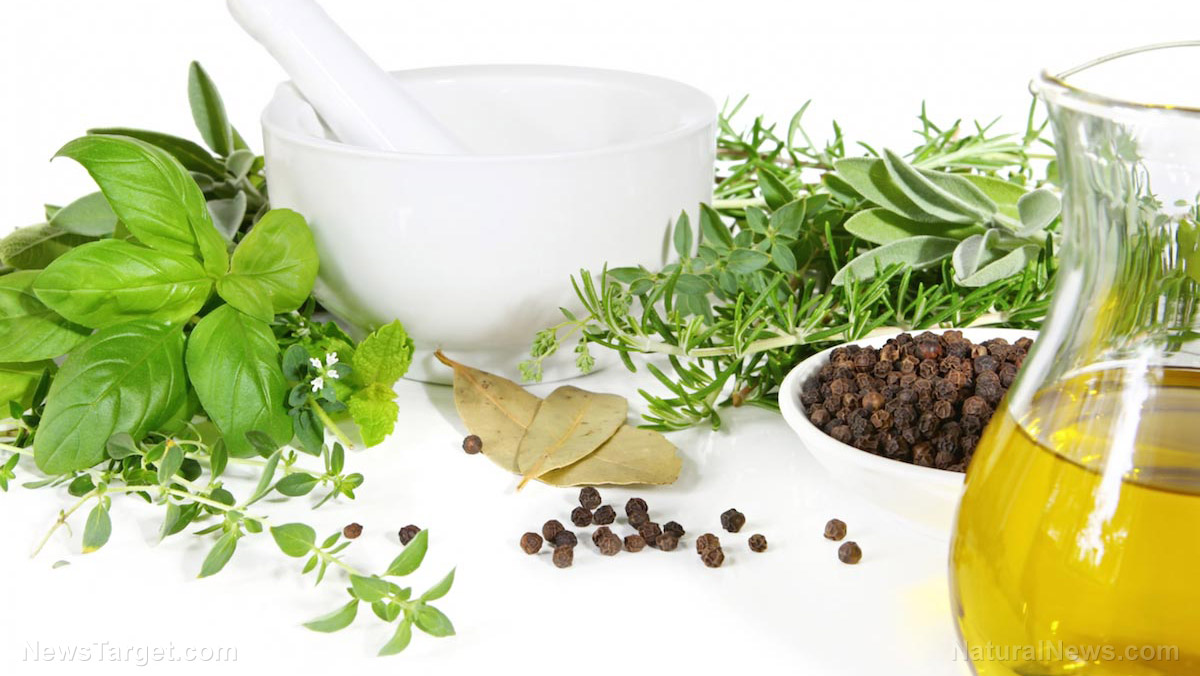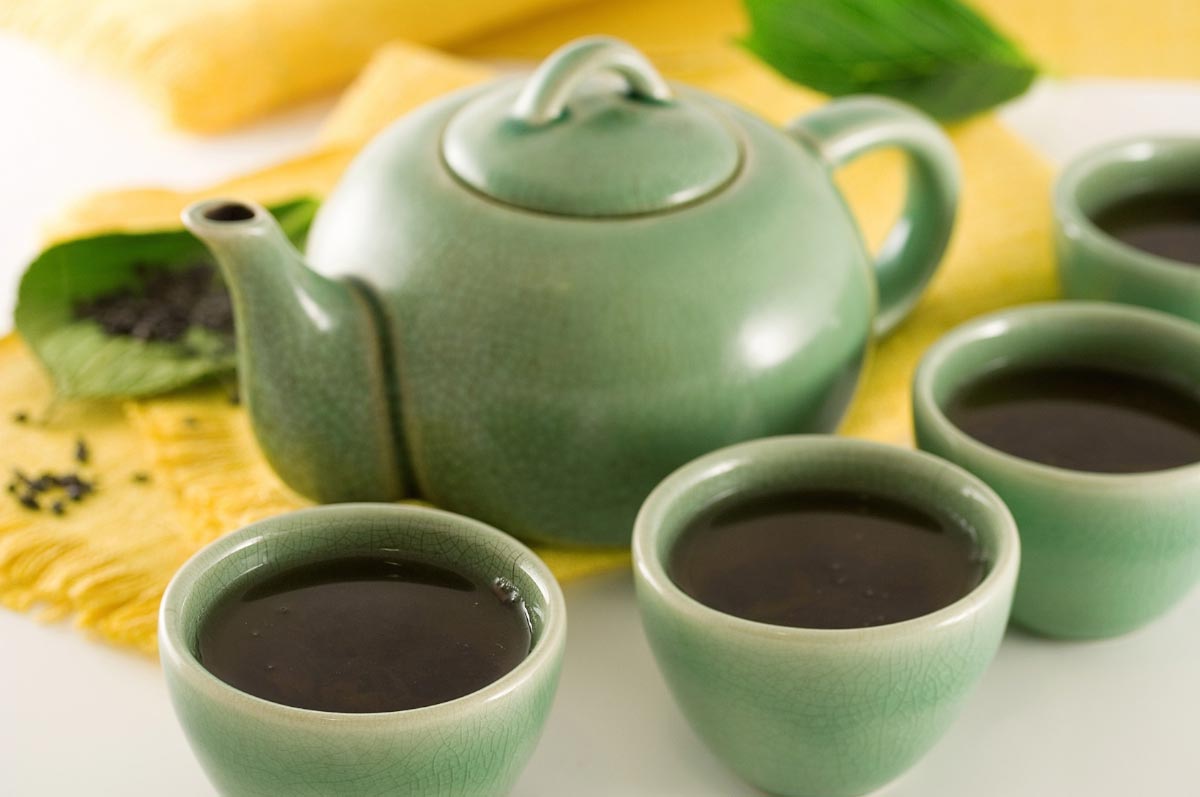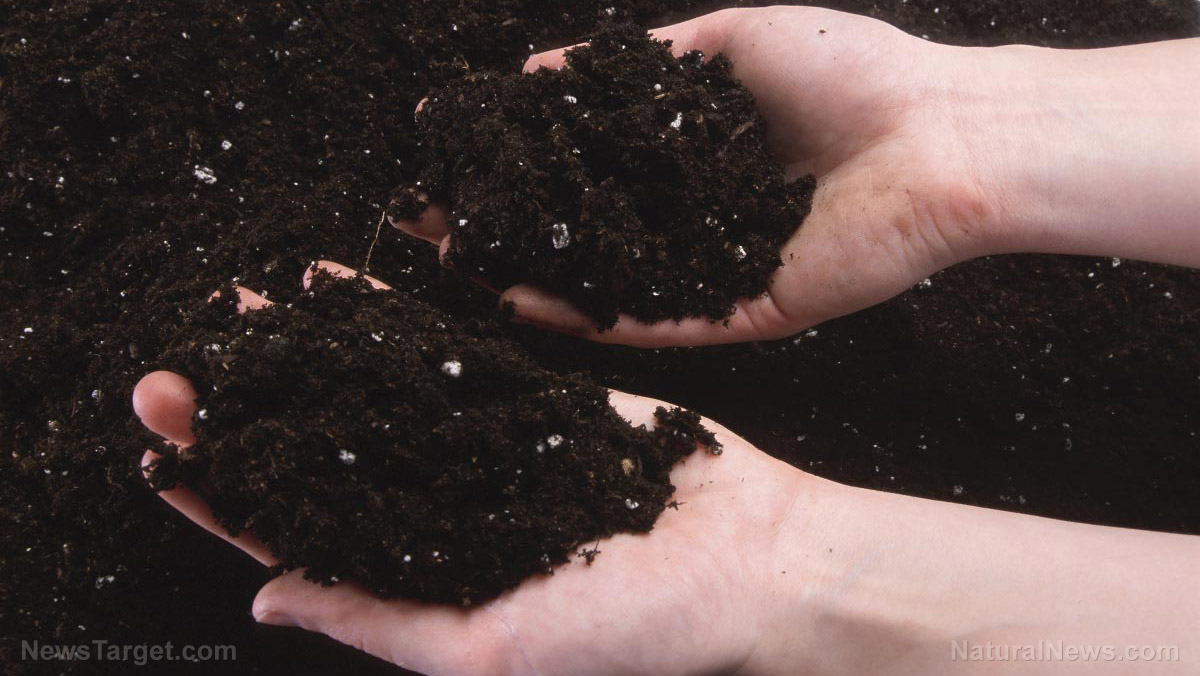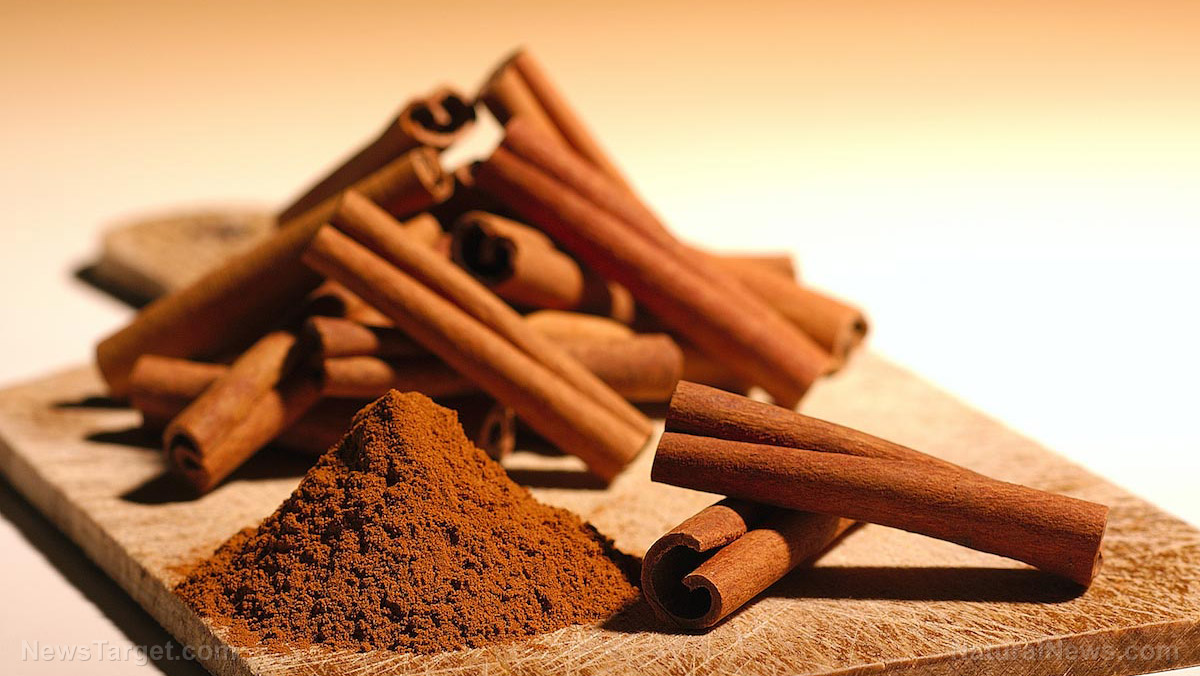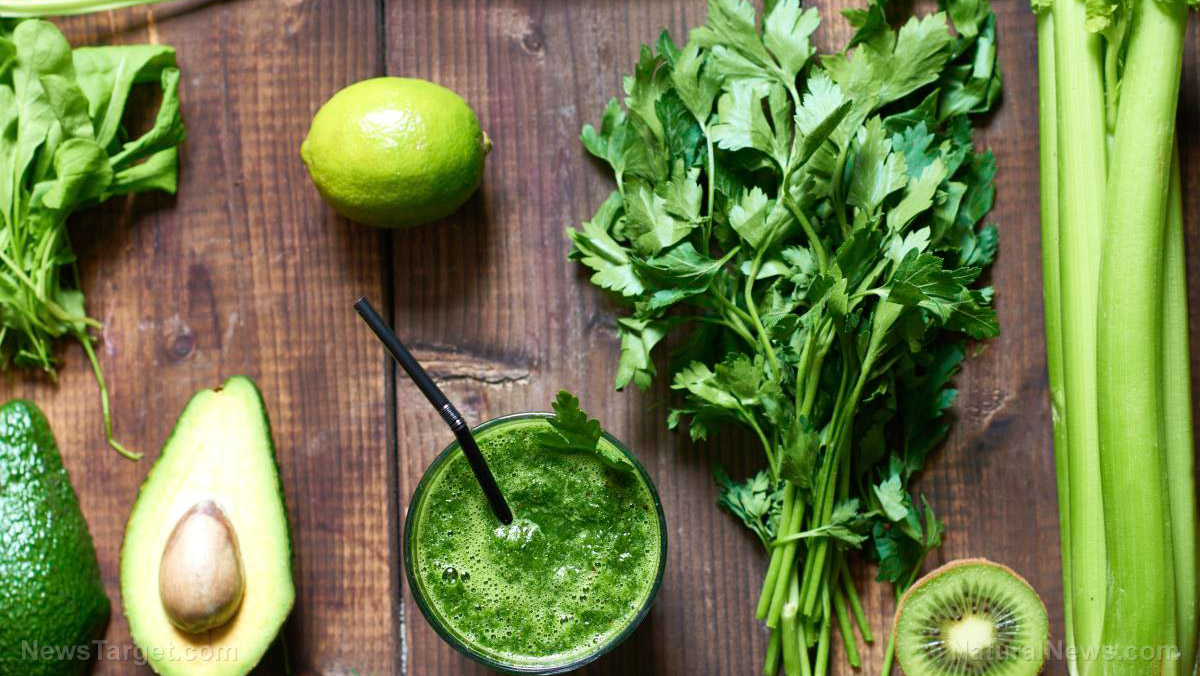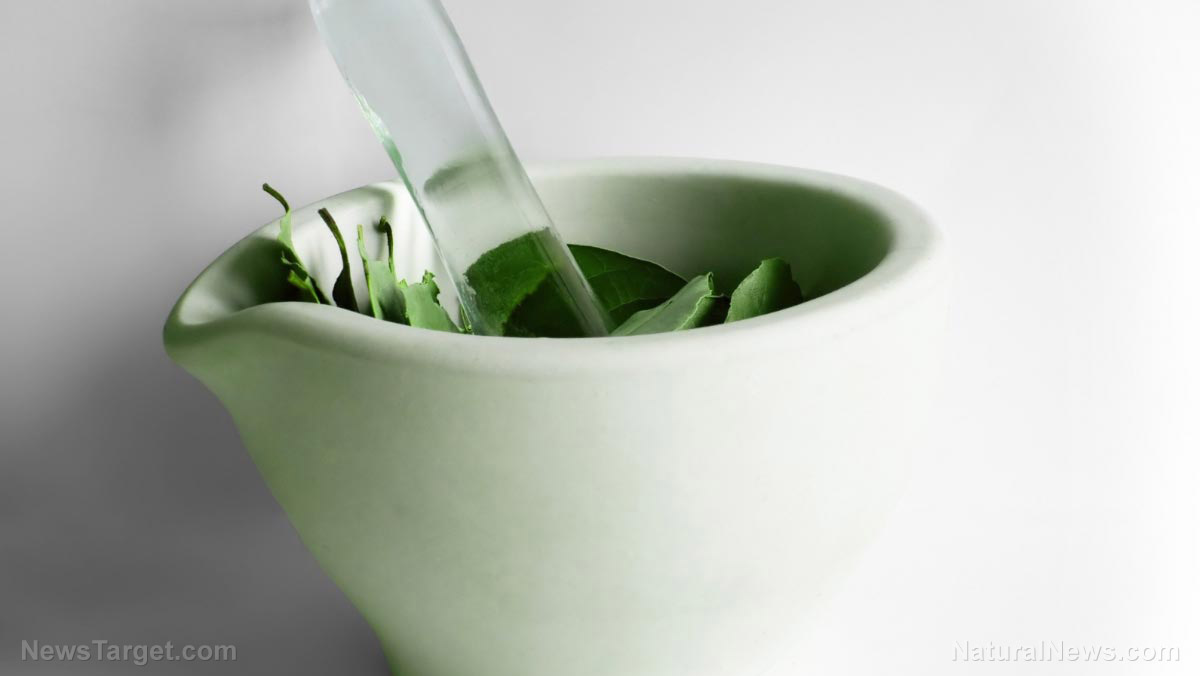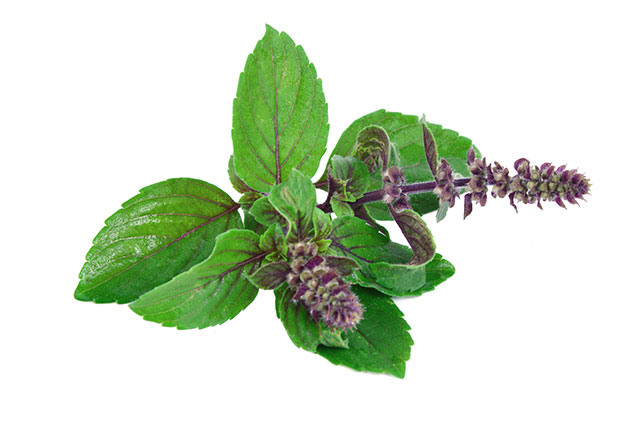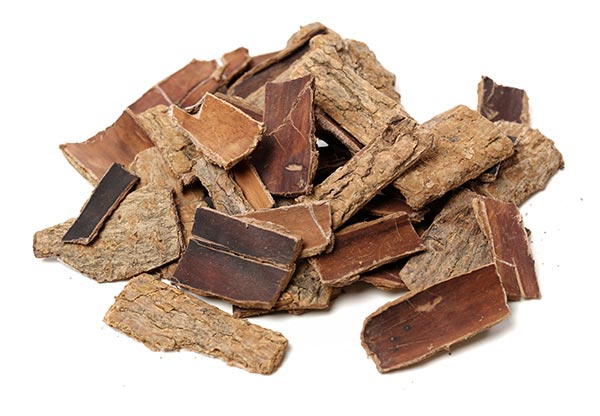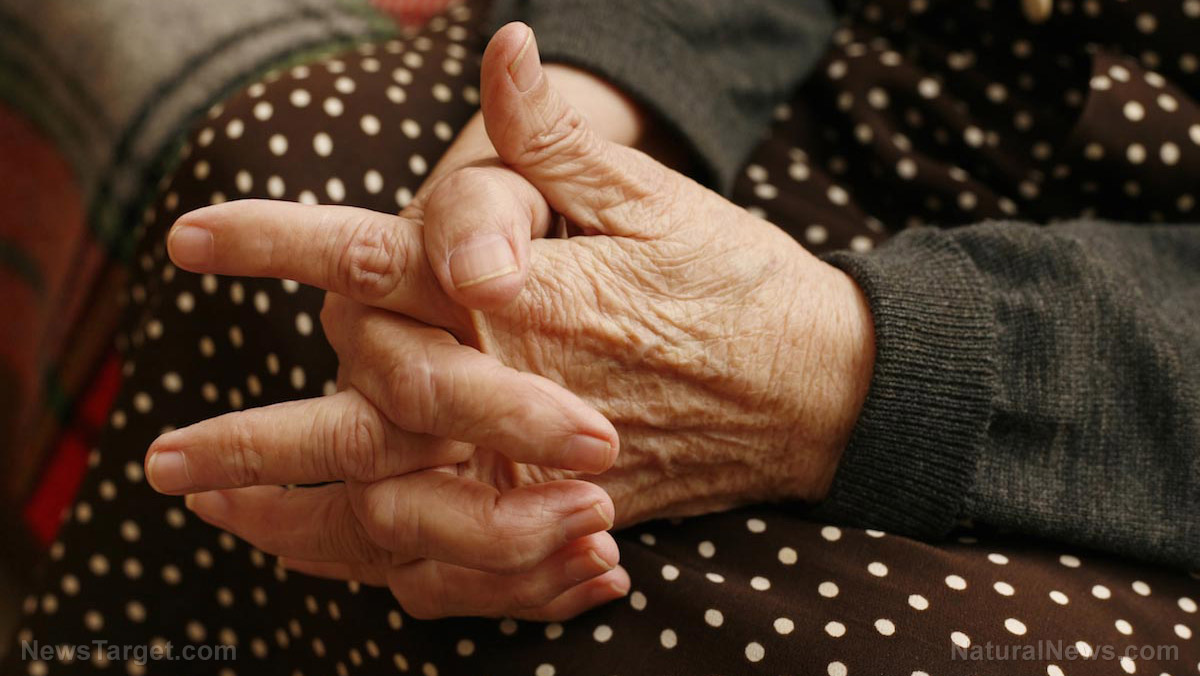9 Home remedies for poison ivy and poison oak rash
07/10/2020 / By Zoey Sky

Preppers who spend most of their time outdoors may have already experienced the discomfort caused by poison ivy or poison oak rash. But if you know about home remedies for skin rash like aloe vera or an oatmeal bath, you can relieve the pain caused by this condition. (h/t to AskAPrepper.com)
What causes poison oak and poison ivy rash?
You can develop a skin rash, also called contact dermatitis, or rhus dermatitis, once you are exposed to the leaves, stems or roots of poison ivy, poison oak and poison sumac plants. This type of rash is an allergic reaction to urushiol oil in these kinds of plants.
Even if you’re don’t have direct contact with these toxic vines, you can still develop a rash if you touch objects with traces of urushiol oil on it. Note that inhaling inhale smoke from burning poison ivy can also cause a reaction in your respiratory passages, making it harder to breathe.
Signs and symptoms of poison ivy rash include:
- Hives
- A raised red rash that appears in patches, lines or streaks following where the poison ivy touched your skin.
- Small or large bumps and blisters with a clear liquid. These blisters will eventually crust and burst.
- Swelling
To prevent poison ivy rash, learn how to recognize the toxic vines that cause contact dermatitis and wear protecting clothing when working in areas with these plants.
Cover up as much of your skin as possible: Wear a long-sleeved shirt, long pants, socks, boots and cover your face if you can.
Once you’re done working outside, wash your clothes thoroughly. Clean your tools and anything that may have come into contact with the plant.
If you think you’ve been exposed to poison ivy or poison oak, take a shower and wash your skin with soapy water or clean the affected area with rubbing alcohol. Washing the skin won’t stop the rash when you’re exposed, but it will remove the oil so the rash doesn’t spread.
Natural remedies for poison ivy rash
Aloe vera gel
Get a leaf from an organic aloe vera plant, then use a knife to slit the leaf open. Use a clean spoon to scrape out the gel.
Use the aloe gel to soothe your skin after you try the other remedies from this list.
Apple cider vinegar or lemon juice
Apple cider vinegar (ACV) and lemon juice are both astringents that will help relieve the discomfort and itchiness caused by a rash.
Dab a cotton ball into the ACV or lemon juice, then apply it directly to the rash.
Alternatively, you can make a paste with ACV or lemon by adding baking soda. Apply the paste to the rash gently, then let it dry. Once the paste is dry, apply more ACV or lemon juice using a spray bottle or a cotton ball. (Related: Aloe vera, apple cider vinegar and more: 12 Natural remedies for poison ivy.)
Baking soda paste
Baking soda helps draw out the toxins and neutralize urushiol oil.
To make the paste, get some baking soda and add just enough water to moisten it. Apply the paste to the rash, then let it dry in place.
Peel off the dry paste, then apply another layer. Repeat this process until it relieves the pain and itching.
Bentonite clay
Applying bentonite clay as a paste helps dry out blisters. The clay draws moisture and toxins from the blisters and soothers itching.
Mix a cup of bentonite clay with a teaspoon of salt, several drops of peppermint oil, and enough water until you make a smooth paste. Apply a thin layer on the rash, then let it dry for least 20 to 30 minutes. Rinse off the dried paste, then apply another layer.
Calamine lotion
Applying calamine lotion helps the blisters dry out and relieves itching. Let the lotion dry in place and leave it on your skin after applying.
Cucumber slices
Blend sliced cucumbers to make a soothing pulp. Use the cucumber pulp as a poultice that will temporarily soothe and relieve itching.
Jewelweed
Jewelweed plant has soothing properties and it has chemicals that may help counteract chemicals in poison ivy that cause irritation. Slice the stem from a jewelweed plant, then rub the sap onto your skin.
Alternatively, you can make an infusion by brewing chopped jewelweed in boiling water until it turns dark orange. Strain the infusion, then pour it into an ice cube tray and freeze.
Rub the jewelweed infusion iced cubes into the affected area to soothe your skin.
Oatmeal bath
Use oatmeal-based products or oatmeal to draw a soothing oatmeal bath.
To make an oatmeal bath, grind a cup of dry oatmeal in the blender then wrap the powder in a clean cloth. Attach the pouch under the stream of running water, fill the tub with cool water, then soak in the liquid for 30 minutes.
An oatmeal bath helps dry up blisters to make them heal faster, but your rash may take several weeks to heal using this method.
Tea tree oil
Tea tree oil is an anti-inflammatory that helps relieve poison ivy or poison oak rash.
When using pure oil, dilute it using a ratio of one part tea tree oil and nine parts of carrier oil like coconut or olive oil. Apply a thin layer of the diluted oil to your skin.
Wear protective clothing when working outside to avoid getting poison ivy or poison oak rash. If you’re exposed to these toxic vines, try natural remedies like aloe vera gel or tea tree oil.
Sources include:
Tagged Under: allergic reaction, allergies, aloe vera gel, alternative medicine, healing, how-to, natural cures, natural health, natural medicine, oatmeal, off grid, poison ivy, poison ivy rash, poison oak, poison oak rash, preparedness, prepping, rashes, remedies, Skin Irritation, skin itching, survival, Survival Tips, urushiol
RECENT NEWS & ARTICLES
COPYRIGHT © 2017 NATURAL CURES NEWS

